Rank Species | Higher classification Leopardus | |
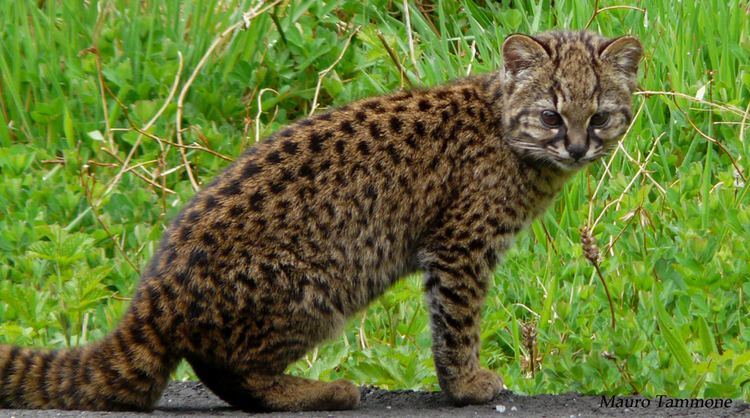 | ||
Similar | ||
The kodkod
The kodkod (Leopardus guigna) ([koðˈkoð]), also called güiña, is the smallest cat in the Americas. It lives primarily in central and southern Chile and marginally in adjoining areas of Argentina. Its area of distribution is small compared to the other South American cats. Since 2002, it has been listed as Vulnerable on the IUCN Red List as the total effective population may comprise less than 10,000 mature individuals, and is threatened due to persecution and loss of habitat and prey base.
Contents
- The kodkod
- Characteristics
- Distribution and habitat
- Ecology and behavior
- Reproduction
- Threats
- Taxonomy
- References

Characteristics
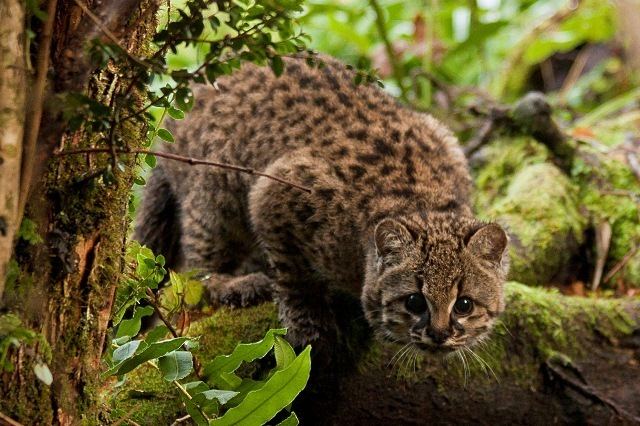
The kodkod has a small head, large feet, and a thick tail. An adult weighs 2 to 2.5 kilograms (4.4 to 5.5 lb), with a typical length of 37 to 51 centimetres (15 to 20 in), a short 20 to 25 centimetres (7.9 to 9.8 in) tail, and a shoulder height of about 25 centimetres (9.8 in).

The coat has a base color ranging from brownish-yellow to grey-brown. The body is decorated with dark spots, with a pale underside and a ringed tail. The ears are black with a white spot, while the dark spots on the shoulders and neck almost merge to form a series of dotted streaks. Melanistic kodkods with spotted black coats are quite common.
Distribution and habitat
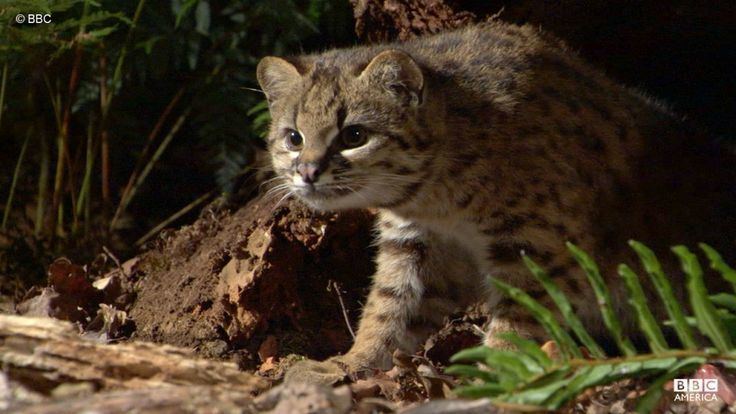
Kodkods are strongly associated with mixed temperate rainforests of the southern Andean and coastal ranges, particularly the Valdivian and Araucaria forests of Chile, which is characterized by the presence of bamboo in the understory. They prefer evergreen temperate rainforest habitats to deciduous temperate moist forests, sclerophyllous scrub and coniferous forests. They are tolerant of altered habitats, being found in secondary forest and shrub as well as primary forest, and on the fringes of settled and cultivated areas.
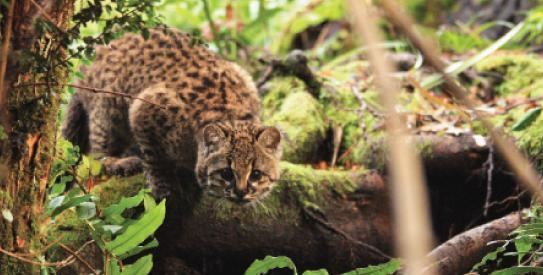
They range up to the treeline at approximately 1,900 m (6,200 ft). In Argentina, they have been recorded from moist montane forest, which has Valdivian characteristics, including a multi-layered structure with bamboo, and numerous lianas and epiphytes.
Ecology and behavior
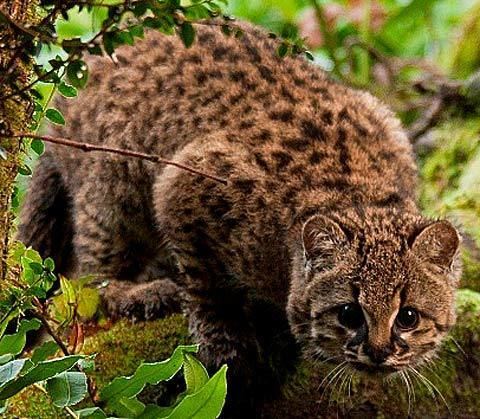
Kodkods are equally active during the day as during the night, although they only venture into open terrain under the cover of darkness. During the day, they rest in dense vegetation in ravines, along streams with heavy cover, and in piles of dead gorse. They are excellent climbers, and easily able to climb trees more than a meter in diameter. They are terrestrial predators of birds, lizards and rodents in the ravines and forested areas, feeding on southern lapwing, austral thrush, chucao tapaculo, huet-huet, domestic geese and chicken.
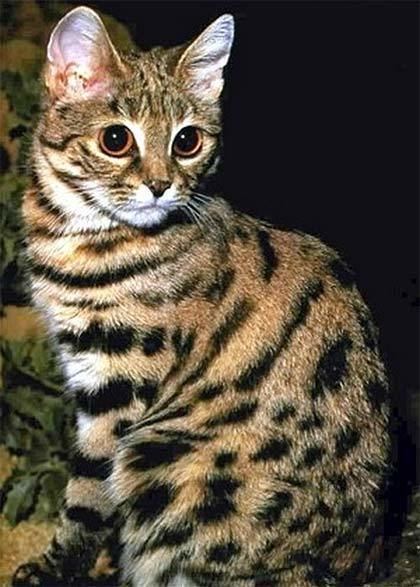
Male kodkods maintain exclusive territories 1.1 to 2.5 square kilometres (0.42 to 0.97 sq mi) in size, while females occupy smaller ranges of just 0.5 to 0.7 square kilometres (0.19 to 0.27 sq mi).
Reproduction

The gestation period lasts about 72–78 days. The average litter size is one to three kittens. This species may live to be about 11 years old.
Threats
The major threat to the kodkod is logging of its temperate moist forest habitat, and the spread of pine forest plantations and agriculture, particularly in central Chile. In 1997 to 1998, two out of five radio-collared kodkods were killed on Chiloé Island while raiding chicken coops.
Taxonomy
There are two known subspecies of this cat:
The kodkod was formerly considered a member of the genus Oncifelis, which consisted of three small feline species native to South America. All of these species have been moved into the genus Leopardus. Along with the kodkod, the former members of Oncifelis were the colocolo and Geoffroy's cat.
